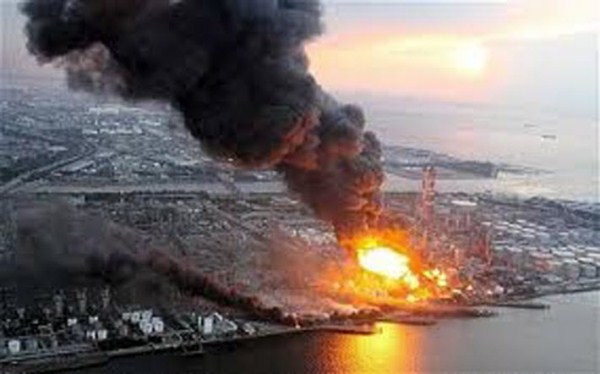Japan: First reactor set to restart under new safety regulations
A POWER plant operator said it will restart a reactor in southern Japan today – the first restart under new safety requirements following the Fukushima disaster and a milestone for the nation’s return to nuclear power.
“The reactor No 1 at the Sendai nuclear power plant started operating at 10:30 am (0130 UTC)”, said a spokesman for Kyushu Electric Power, which operates the reactor located 1,000 kilometres southwest of Tokyo.
All of Japan’s 48 reactors were put offline following the nuclear disaster at the Fukushima Daiichi plant, which suffered a triple meltdown after it was hit by a magnitude-9 quake and tsunami.
More than four years since the world’s worst nuclear disaster following the 1986 Chernobyl accident, some areas near the radiation-leaking plant remain uninhabitable, with more than 110,000 people still living as evacuees in and outside Fukushima Prefecture. The company said it plans to start power generation as soon as August. 14 and return the reactor to normal operation next month.
Residents near the Sendai plant are wary of the restarts, citing potential dangers from active volcanos in the region.
The plant on the west coast of Kyushu island is the furthest away of Japan’s reactors from Tokyo, where protestors regularly gather outside Mr Abe’s official residence to oppose atomic energy.
Since then, the country has been relying on fossil fuels from other countries to supply its own energy needs.
“I can never tolerate this”, one demonstrator told local television.
With the process of decommissioning the crippled Fukushima plant ongoing and radioactive water leakage continuing there, antinuclear sentiment remains strong among the public.
Police officers stand guard as protesters stage a rally at the gate of the Sendai Nuclear Power Plant on Tuesday.
BBC reported that 25 nuclear power plants in Japan have applied for permission to restart, but all are facing legal challenges from concerned locals.
Strengthened safety measures are key to Abe’s bid to get some of about four dozen reactors back up and running. Over 20 more reactors are under review for compliance with new regulations.
The government and much of Japanese industry want reactors to be restarted to cut the country’s fuel costs, but opinion polls show a majority of the public oppose the move.
Prior to the Fukushima disaster, nuclear had provided about 30 percent of Japan’s electricity, with renewable energy accounting for less than 3 percent, excluding hydropower. “Japan also has to rehabilitate itself with the rest of the world’s nuclear industry”, said Grimston.
At a press conference Monday morning, Chief Cabinet Secretary Yoshihide Suga said that in terms of the government’s energy policy, it is important to restart nuclear reactors if their safety has been confirmed.








